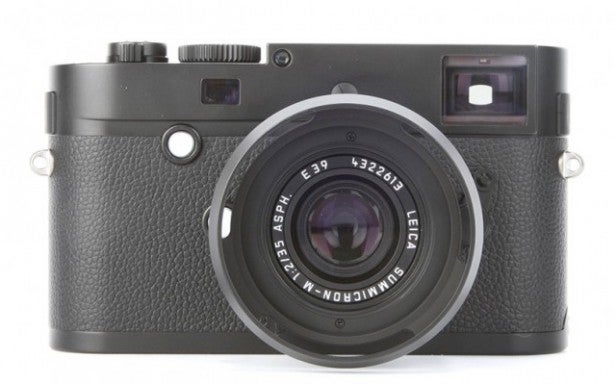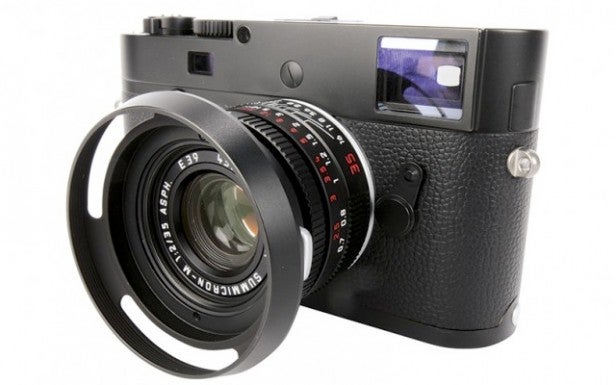Leica M Monochrom (Typ 246) Review - Leica M Monochrom (Typ 246): Image Quality, Video and Verdict Review
Leica M Monochrom (Typ 246): Image Quality, Video and Verdict
The camera for black-and-white photos only
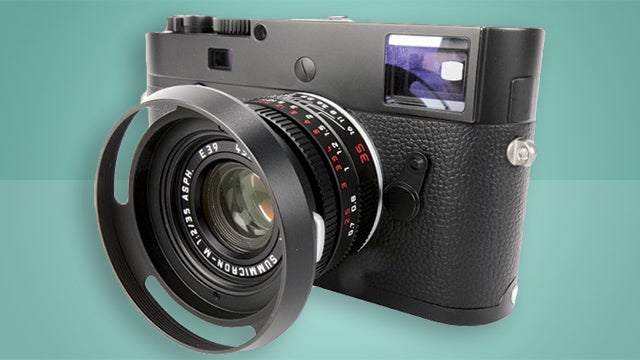
Sections
- Page 1 Leica M Monochrom (Typ 246) Review
- Page 2 Viewfinder, Screen and Features Review
- Page 3 Leica M Monochrom (Typ 246): Image Quality, Video and Verdict Review
Leica M Monochrom (Typ 246) – Performance and AF
We can’t really talk about the Leica M Monochrom (Typ 246)’s performance in the way we do most other cameras. Its lack of autofocus means that how fast it feels will depend rather a lot on how fast you are at operating the lens’ manual control dial.
If you manage to get as fast as a good DSLR, then you’ll be one up on us. For relatively narrow-aperture street photography you have the option to set focus before you go out shooting, however, effectively removing the need to touch the focus dial at all.
Burst shooting speed doesn’t give the Leica M Monochrom (Typ 246) the pace needed for action photography, however. It’ll shoot at 4fps for 30 frames, thanks to its 2GB buffer. Processing speed is significantly faster than the original Monochrom at 3x, thanks to the use of the Leica Maestro processor. However, it’s not a speed shooter.
Leica M Monochrom (Typ 246) – Image Quality
It’s not fast, it’s not flexible and it certainly isn’t affordable. So it’s a good job the Leica M Monochrom (Typ 246)’s photos are as good as they are.
As well as having a high-end 24-megapixel full-frame sensor, the Leica M Monochrom (Typ 246)’s monochrome style means there’s no need for a colour filter, which lets more light get through to the sensor.
The Leica M Monochrom (Typ 246) doesn’t have a particularly low base ISO, with a range of 320-25600, but shots at ISO 320 to 1600 are virtually noise free. Images are just stunning, particularly when you factor in the abilities of Leica’s lens range. They may be expensive, but just about all are fantastic.
Noise starts to creep in at pixel level at ISO 3200, but even then the black-and-white style means that it has a filmic quality to it. Only at the very top ISO 12500 and 25600 settings does noise become obvious, and even then you can use it to creative effect if you want a shabbier look.
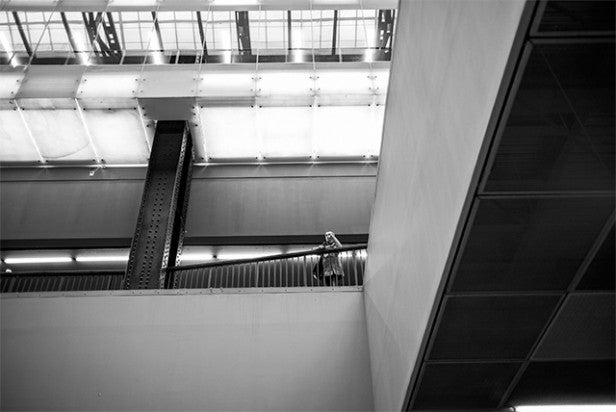
In our labs test at ISO 320, dynamic range was superb at 13.5EV. That’s one of the highest dynamic range ratings we’ve ever seen. Detail throughout the ISO range is outstanding, too, scoring an excellent 3,600l/ph at ISO 320. The Leica M Monochrom (Typ 246) doesn’t have an optical low-pass filter, so the camera is able to match or better the very best 24-megapixel full-frame DSLRs for detail.
As with so many other elements of the Leica M Monochrom (Typ 246), though, you need to work within its confines. It offers shutter speeds ranging from 8 sec to 1/4000 sec, and if you’re using one of Leica’s faster lenses then shooting at wide apertures in bright conditions will be problematic. The fairly high base ISO is a killer here too.
Quite simply, if you’re not willing to narrow the aperture in many conditions then you’ll need an ND filter. We found it quite easy to end up with blown highlights, which resulted in us shooting at between -0.3EV and -1EV in order to try to avoid them.
It seems a shame that Leica didn’t implement a metering mode in the M Monochrom (Typ 246) that preserves highlights, since there’s generally always plenty of detail that can be pulled out of shadow areas post-shoot. Instead, you get only two metering modes: Classic and Advanced. Advanced uses evaluative metering while Classic is centre-weighted. 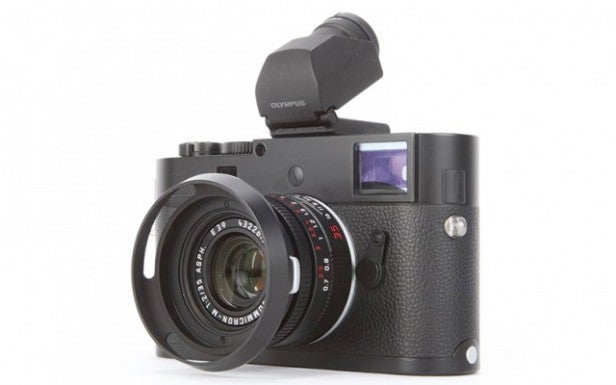
Leica M Monochrom (Typ 246) – Video
Just as Leica has opted to leave out of the M Monochrom (Typ 246) many features that are now commonplace elsewhere, it lags pretty far behind for video too. You can shoot at 1080p or 720p at 24 or 25 frames per second – and that’s it. There’s no capturing at 60 or 30 frames, and certainly no 4K video.
The Leica M Monochrom (Typ 246) isn’t meant for videographers. However, mounting an external microphone to its hotshoe will at least allow you to capture better audio than the integrated mono mic.

Should I buy the Leica M Monochrom (Typ 246)?
The Leica M Monochrom (Typ 246) is one of the most specialist cameras we’ve covered in years. From its black-and-white-only style to its diminutive array of features and high price, no part of it embraces the masses.
It’s wilfully inflexible, lacking autofocus and the shutter speed to allow you to take full advantage of Leica’s faster lenses in bright daylight conditions. However, fantastic image quality and a traditionalist approach to interface and
hardware design make the Leica M Monochrom (Typ 246) the perfect tool for the creativity-unlocking
that comes with setting up a few limitations.
Great as it
is, though, the Leica M Monochrom (Typ 246) simply isn’t the best camera for the majority of people,
especially if it’s not going to slot in alongside an existing Leica
collection.
SEE ALSO: Best Cameras 2015
Verdict
A black-and-white specialist camera that creates stunning photos, but the majority will find that it imposes too many restrictions.
Trusted Score
Score in detail
-
Value 5
-
Design 9
-
Features 6
-
Image Quality 9
-
Build Quality 10
-
Performance 7

